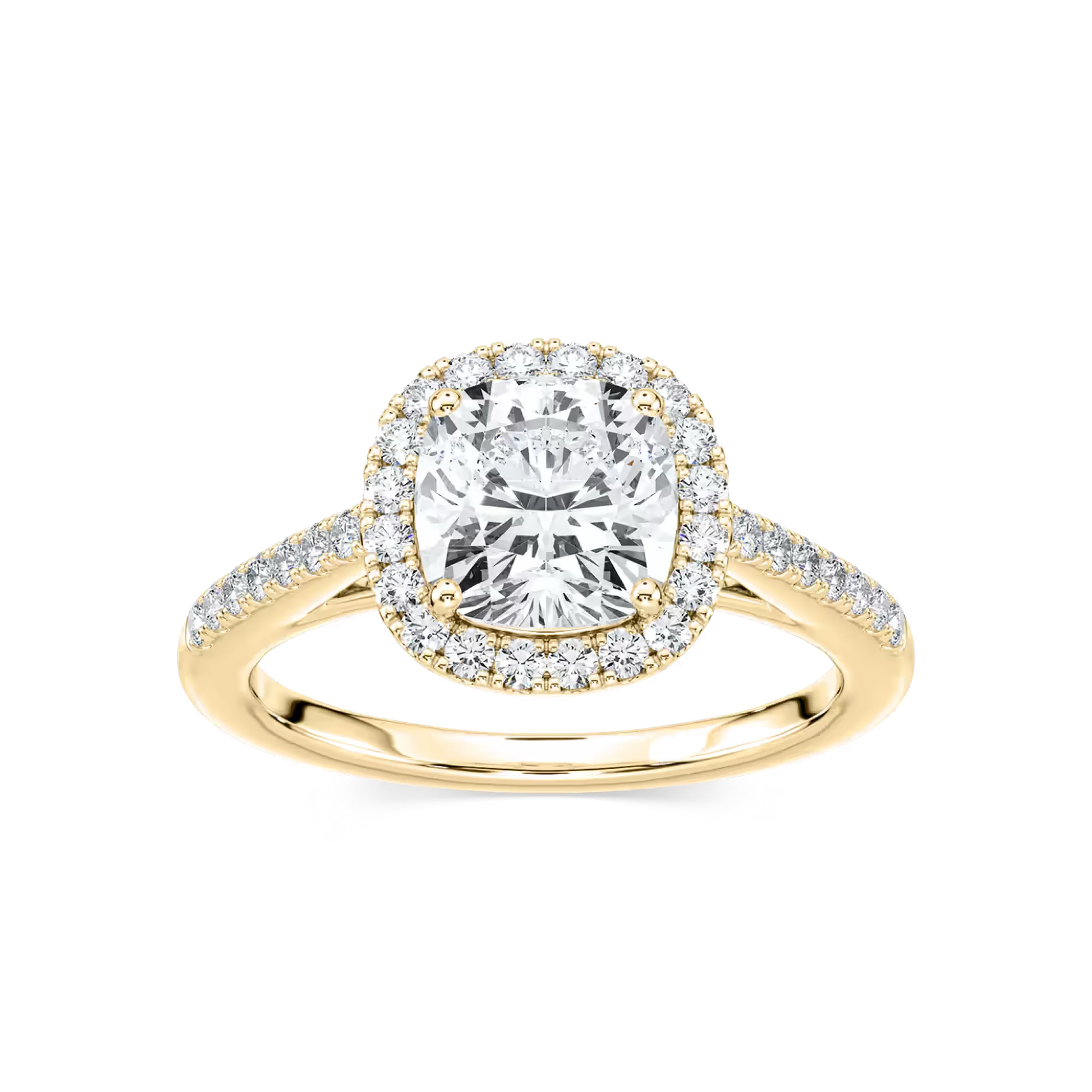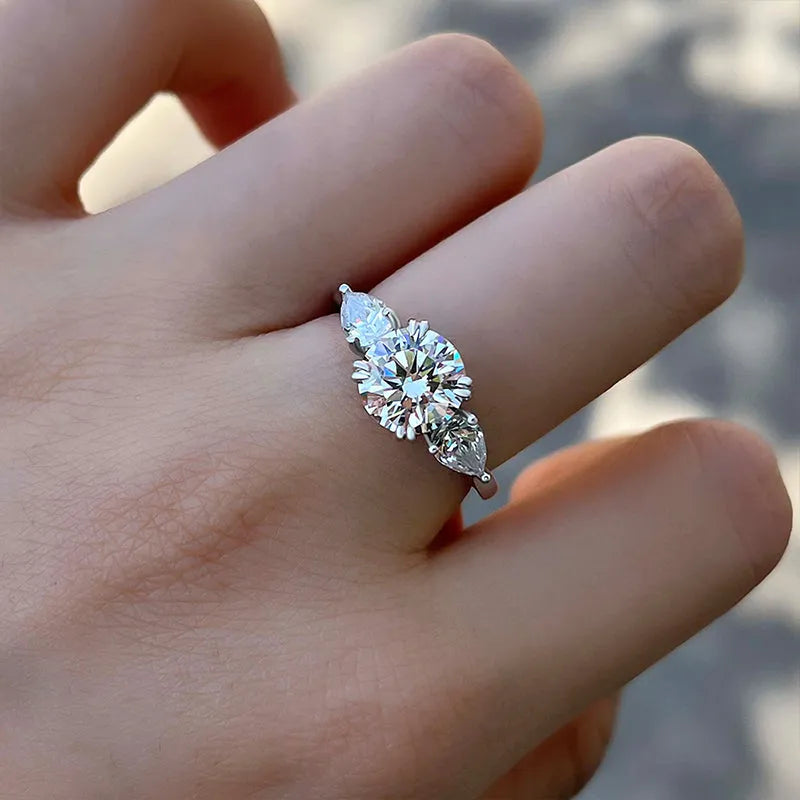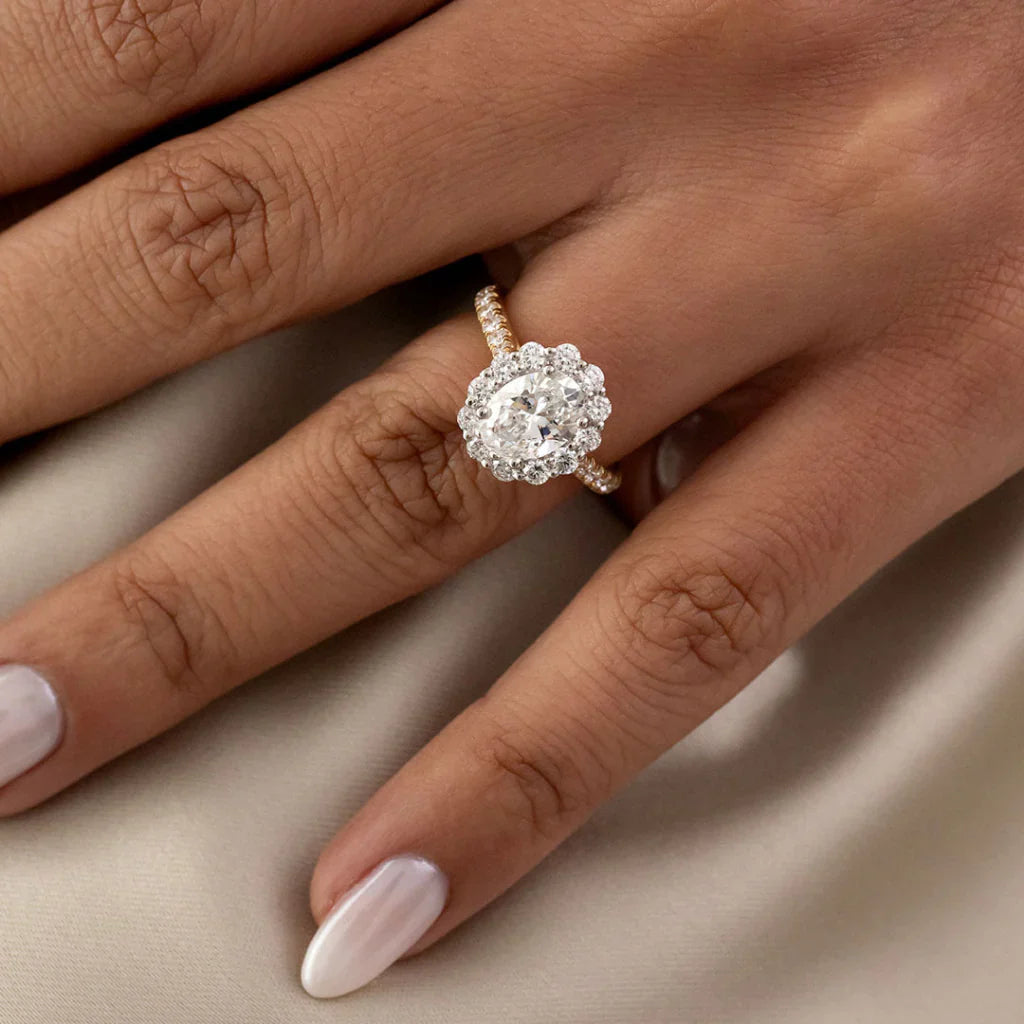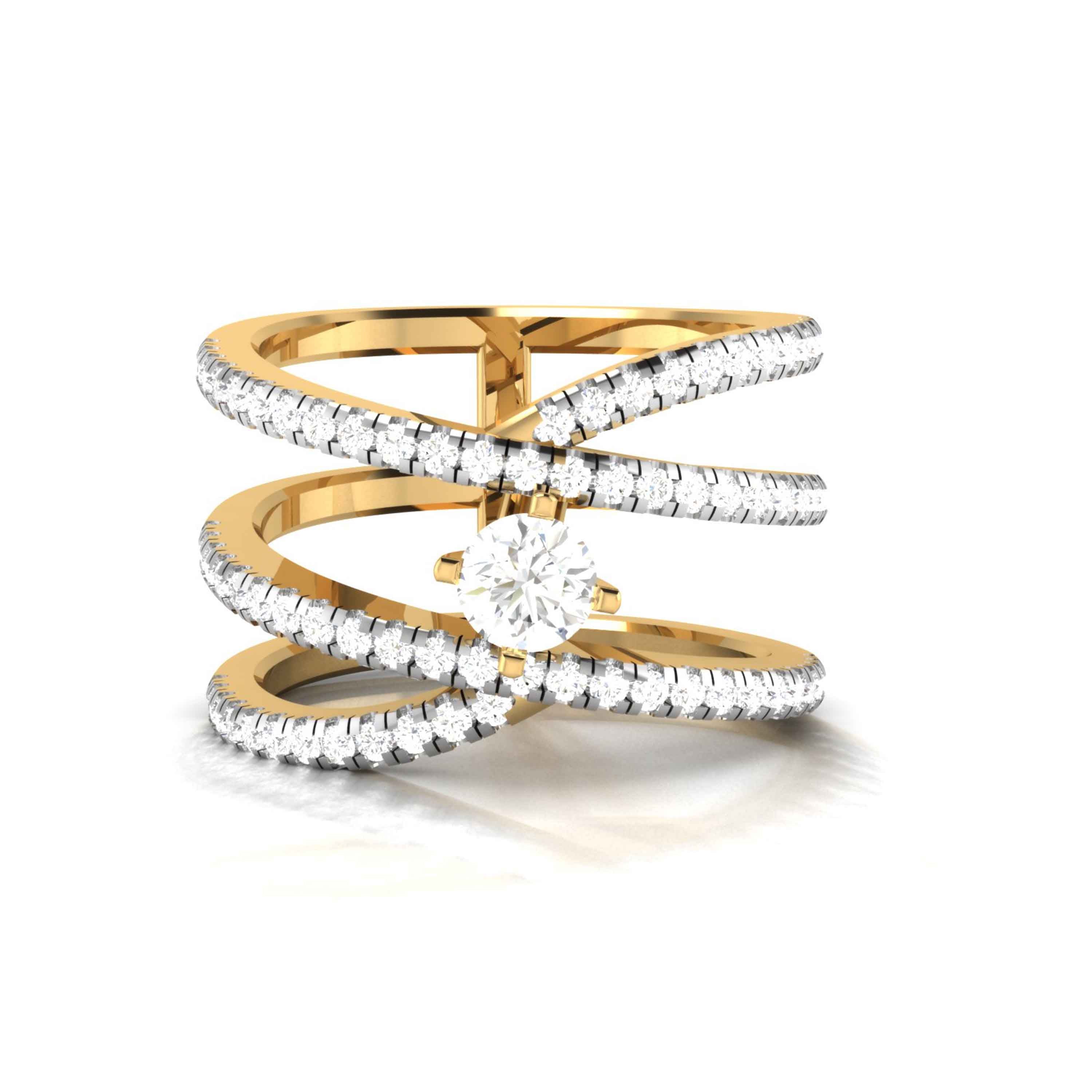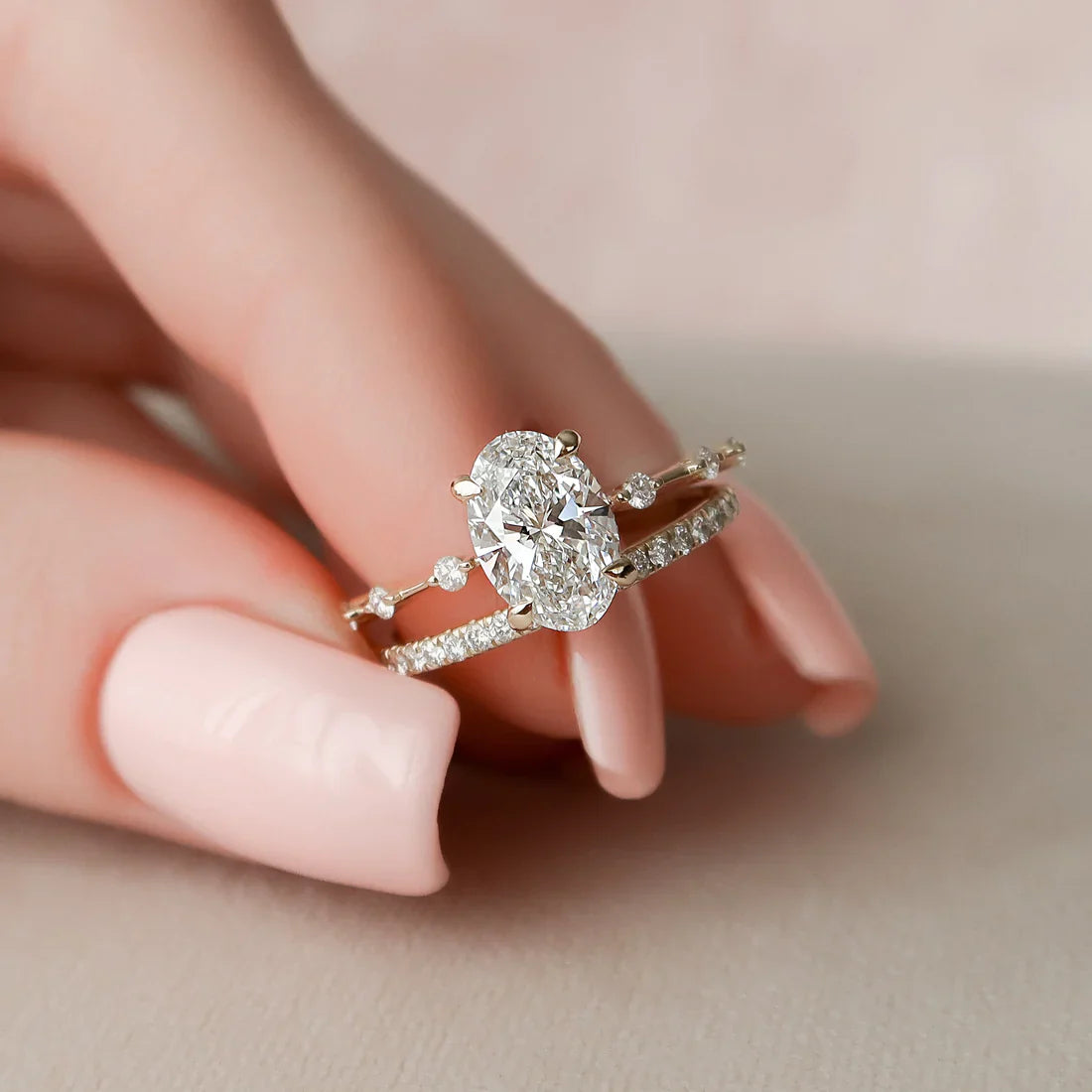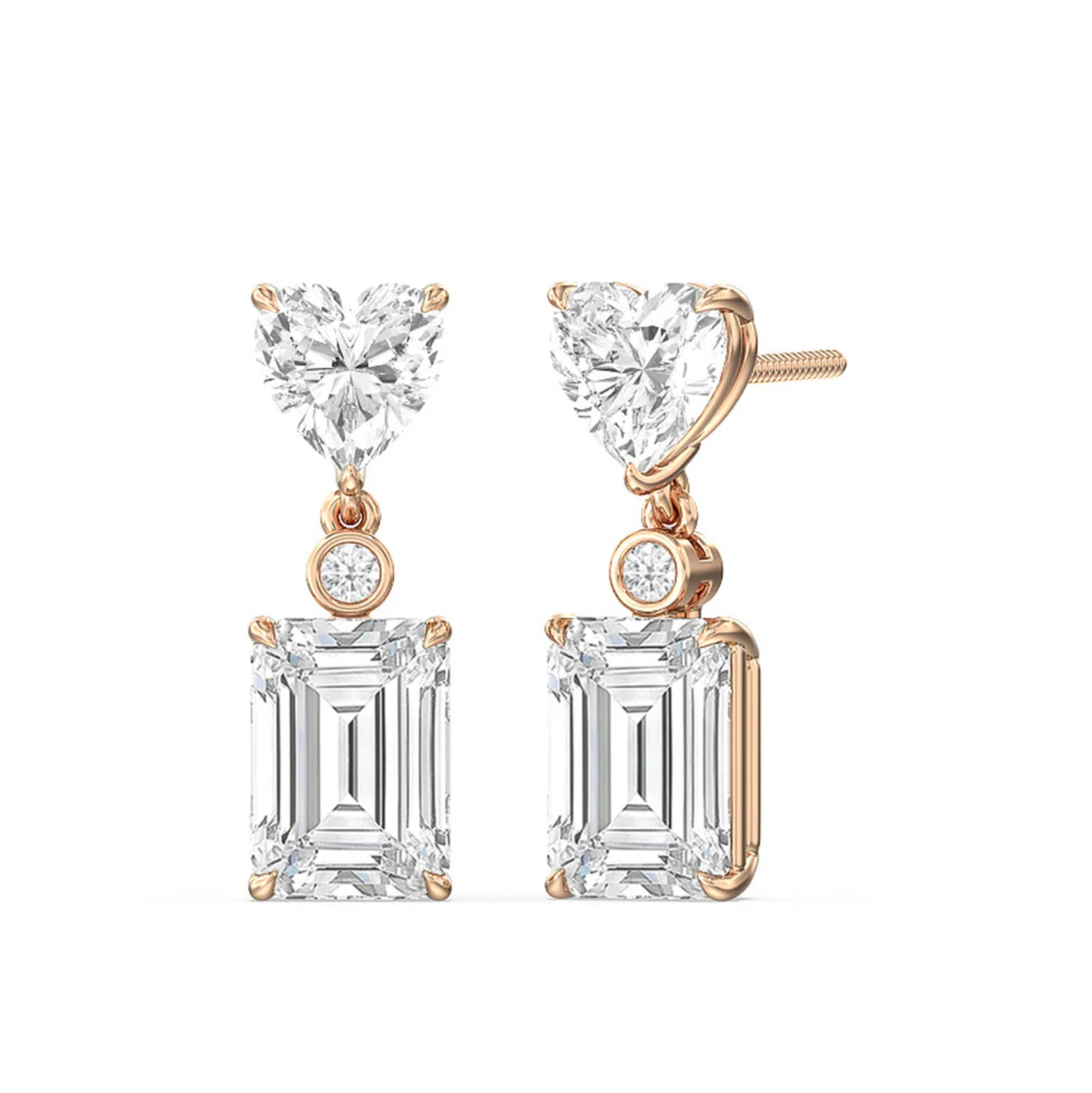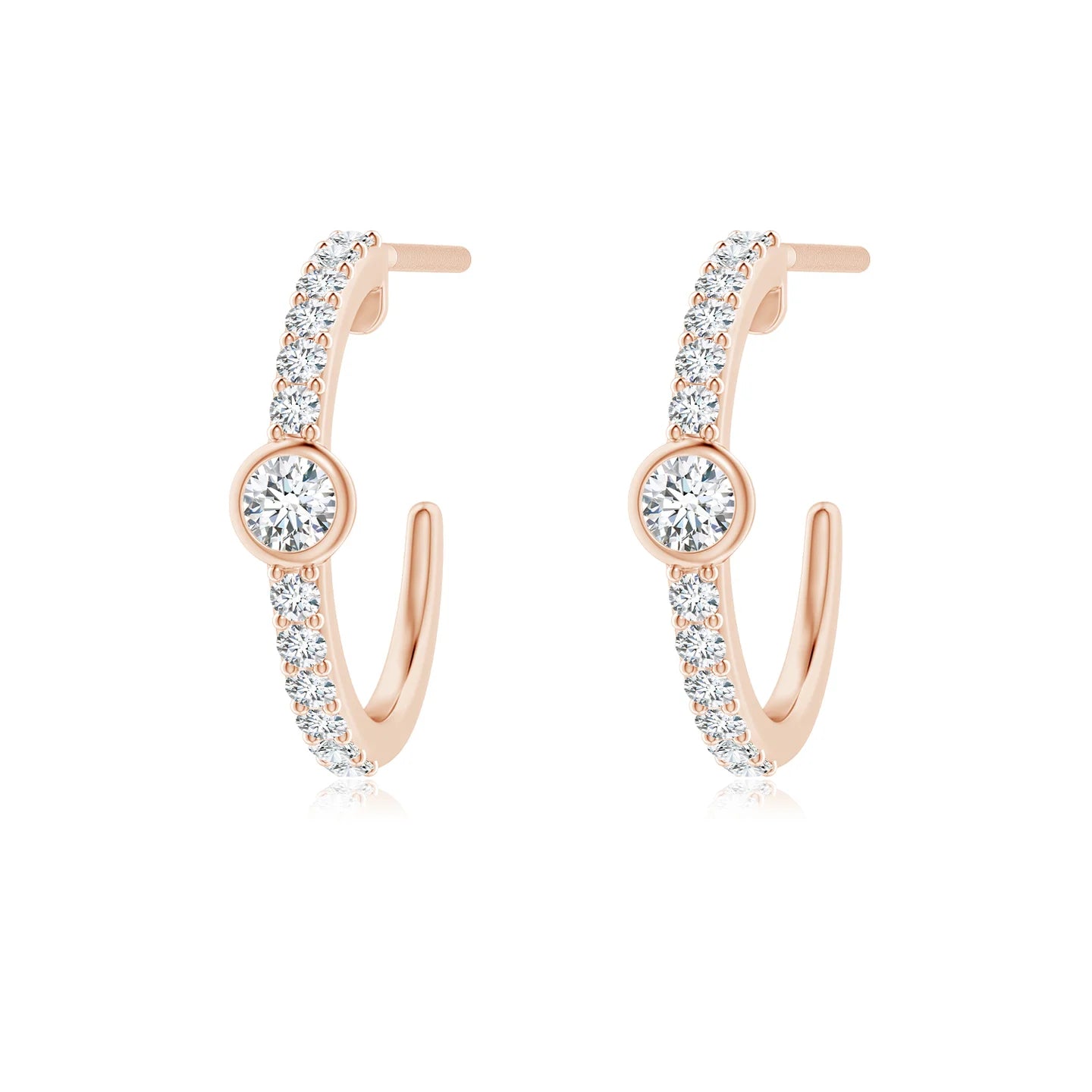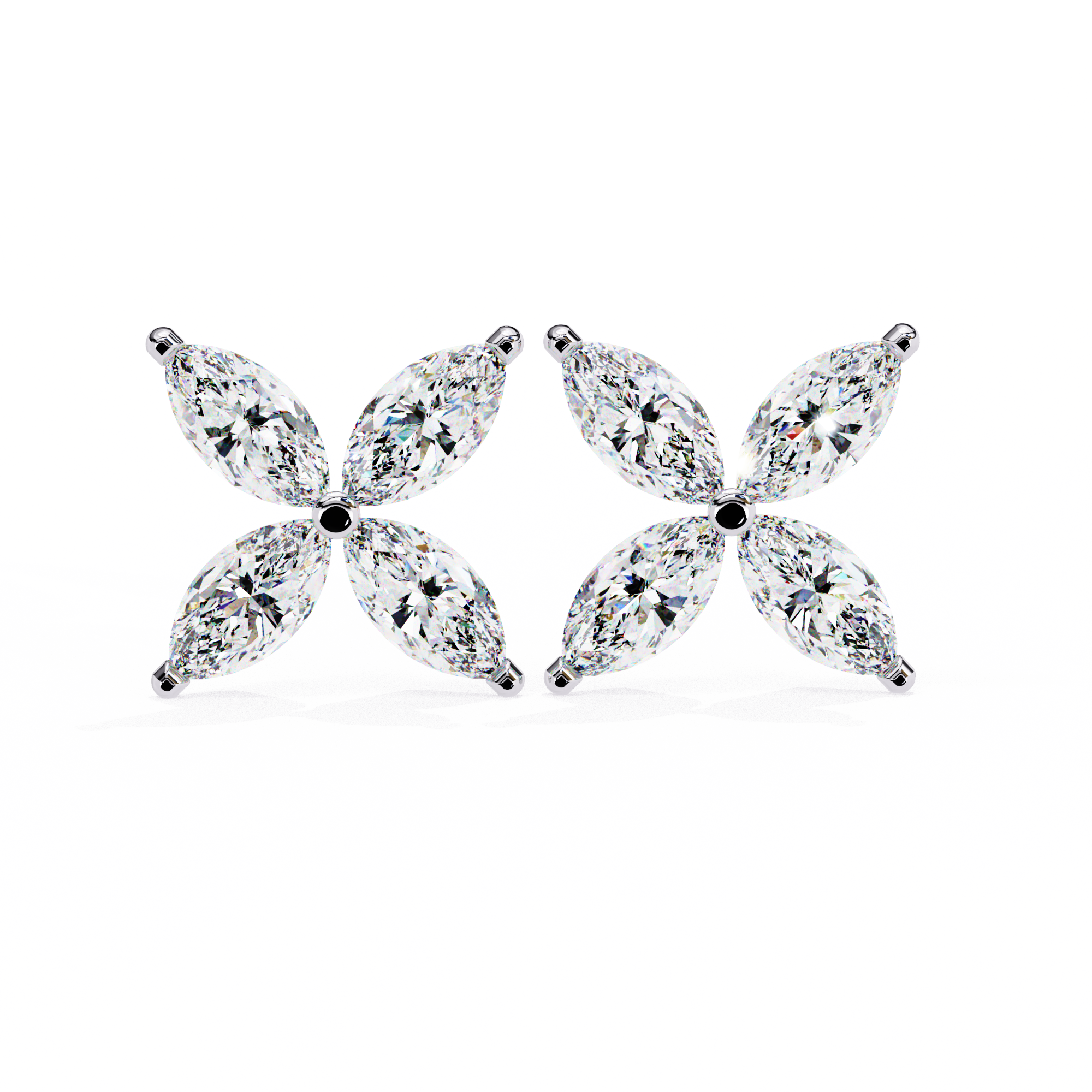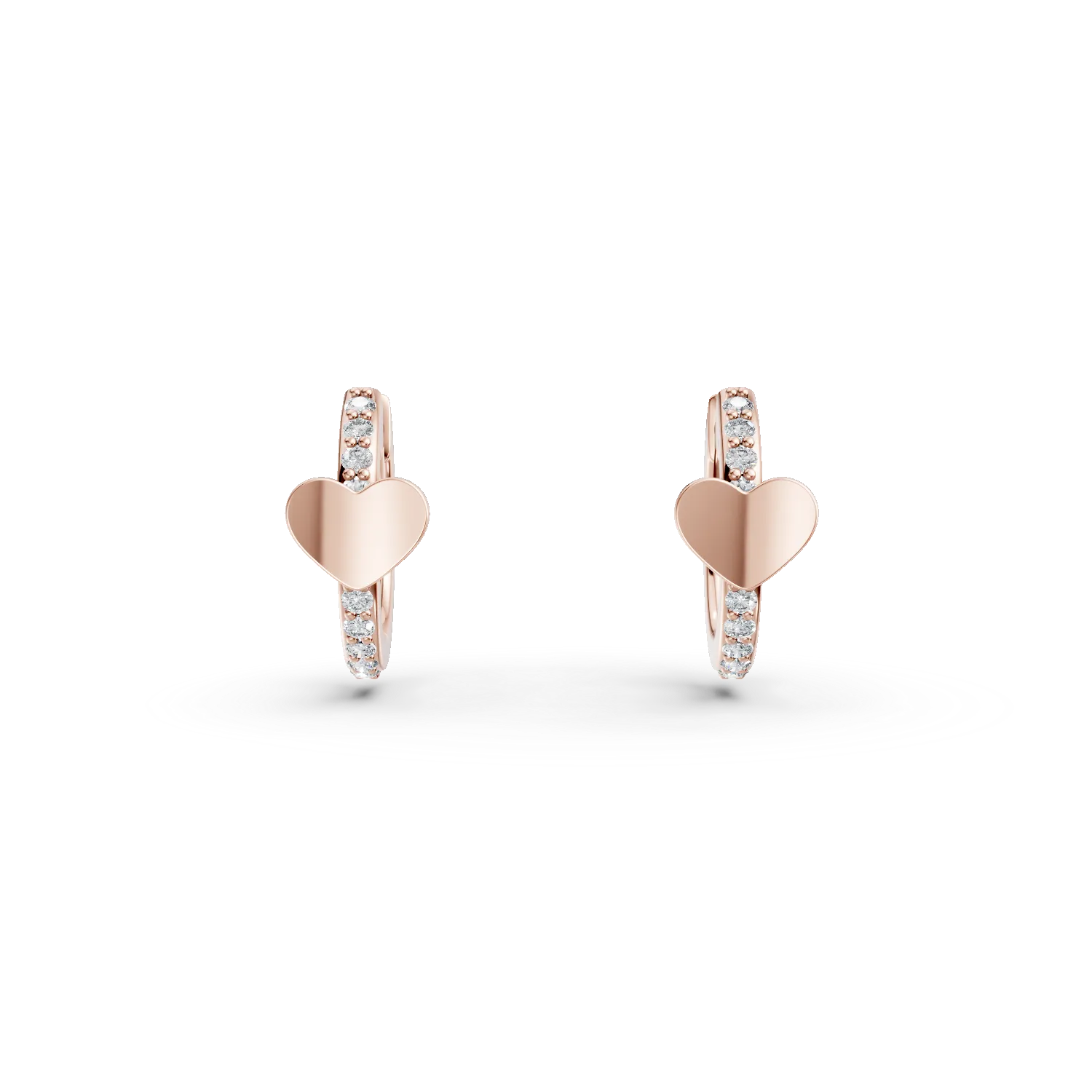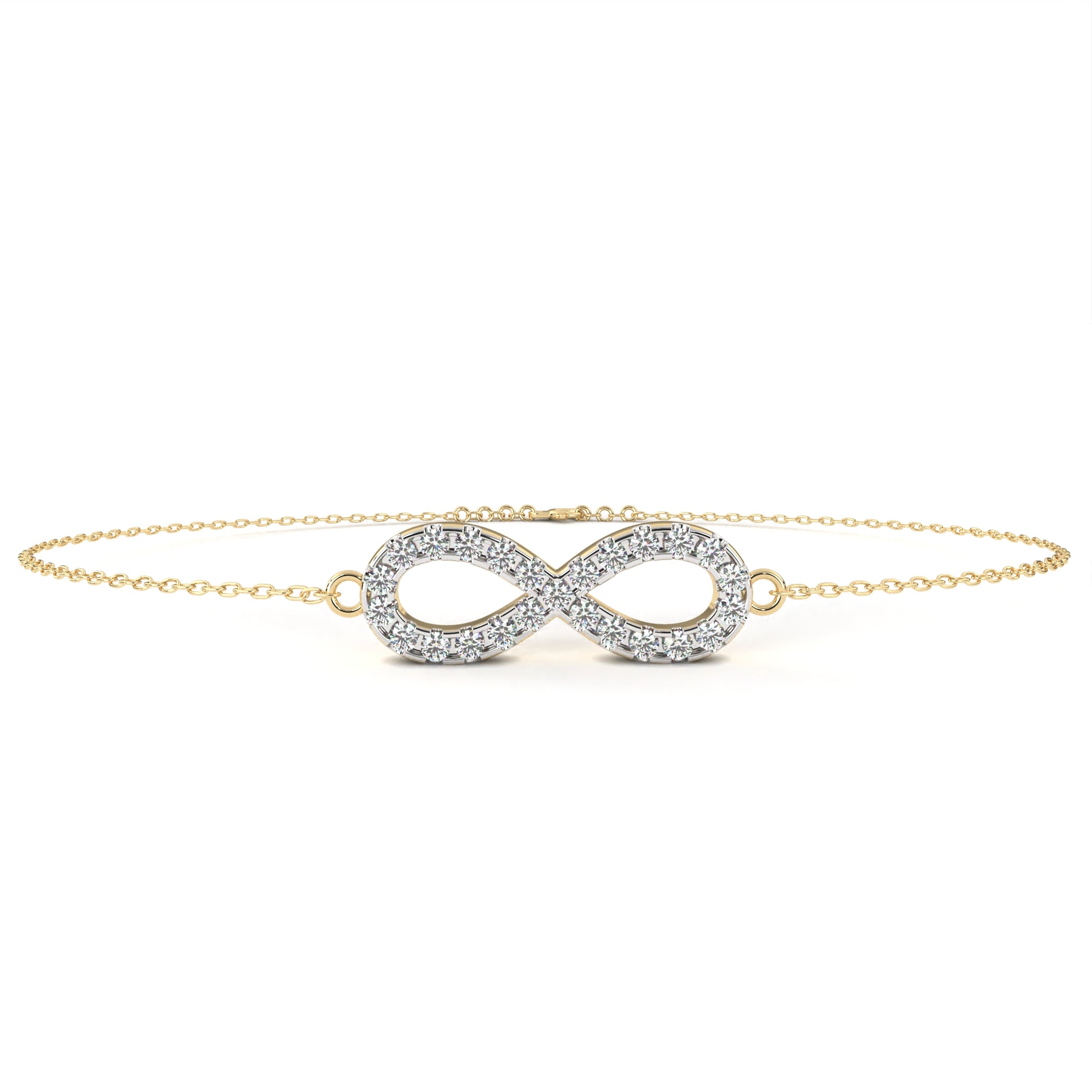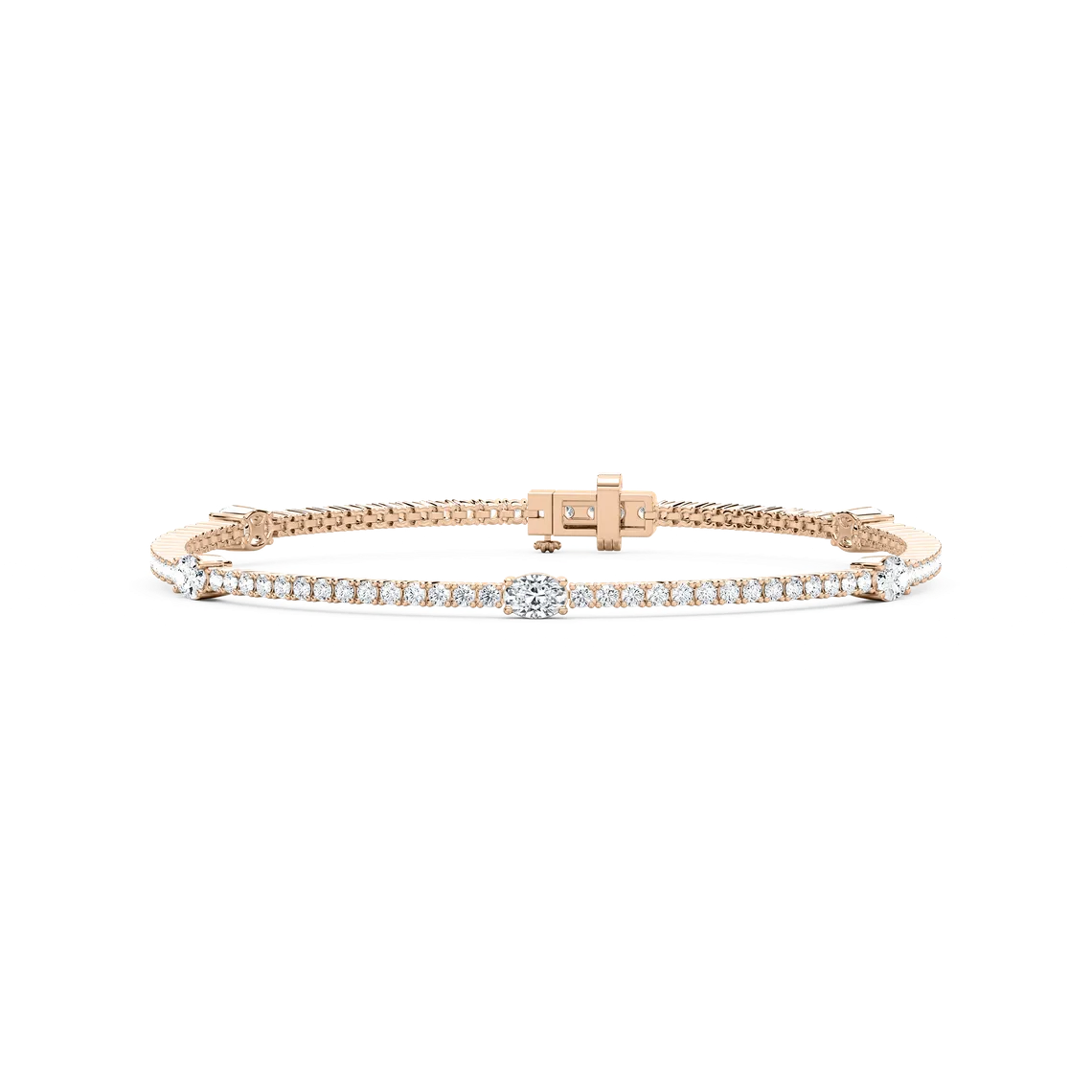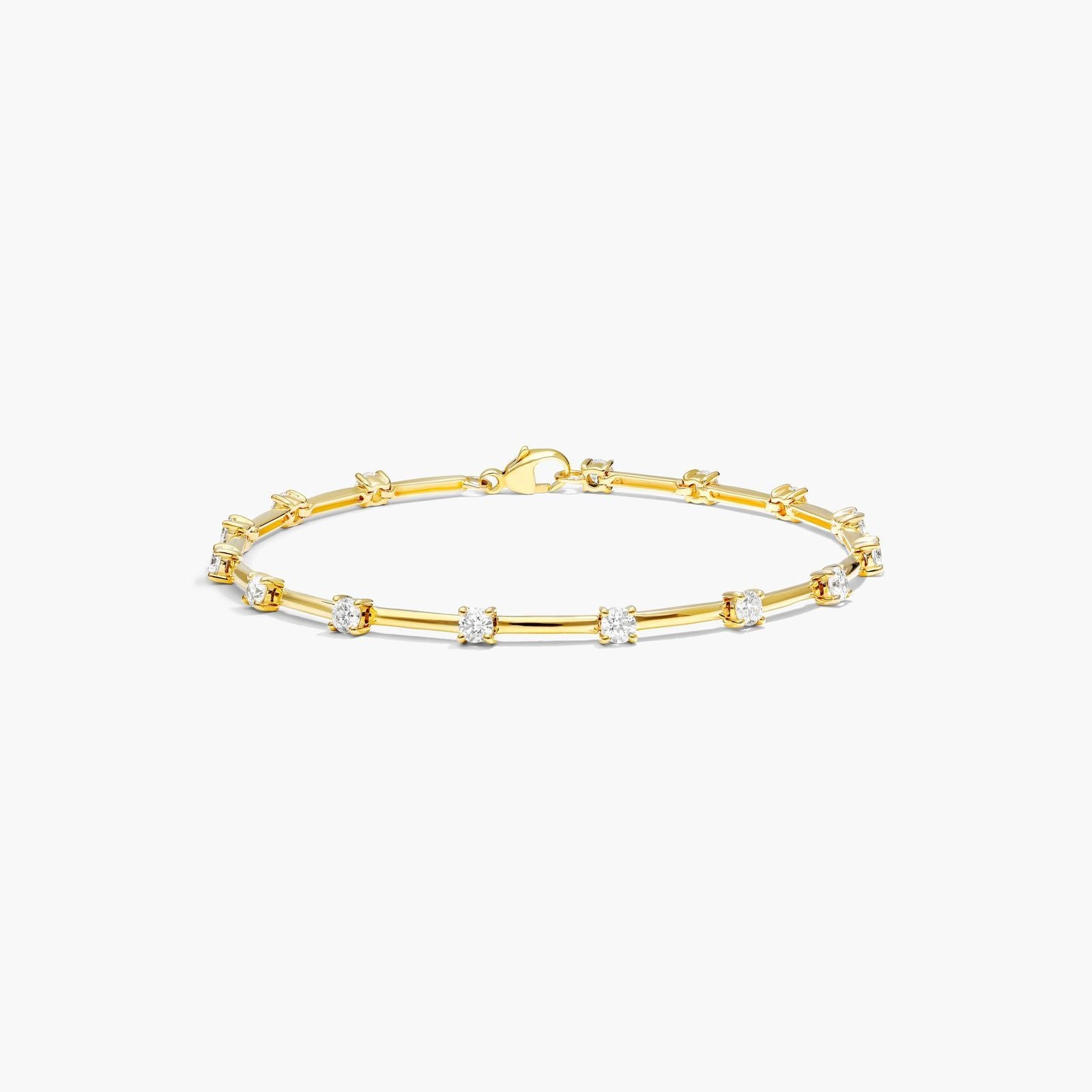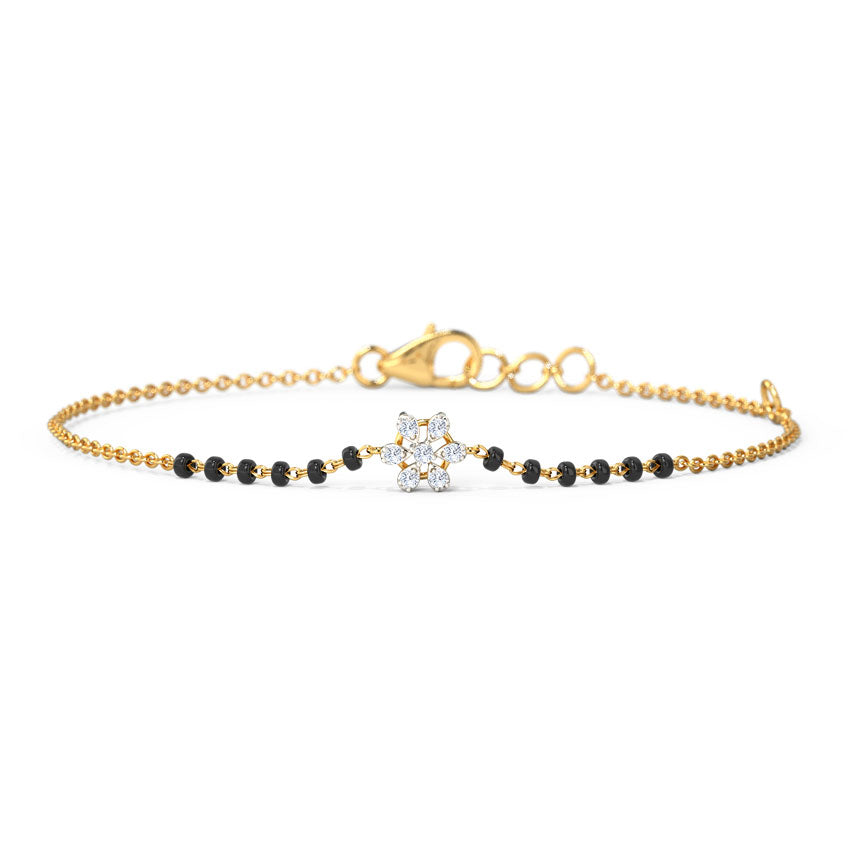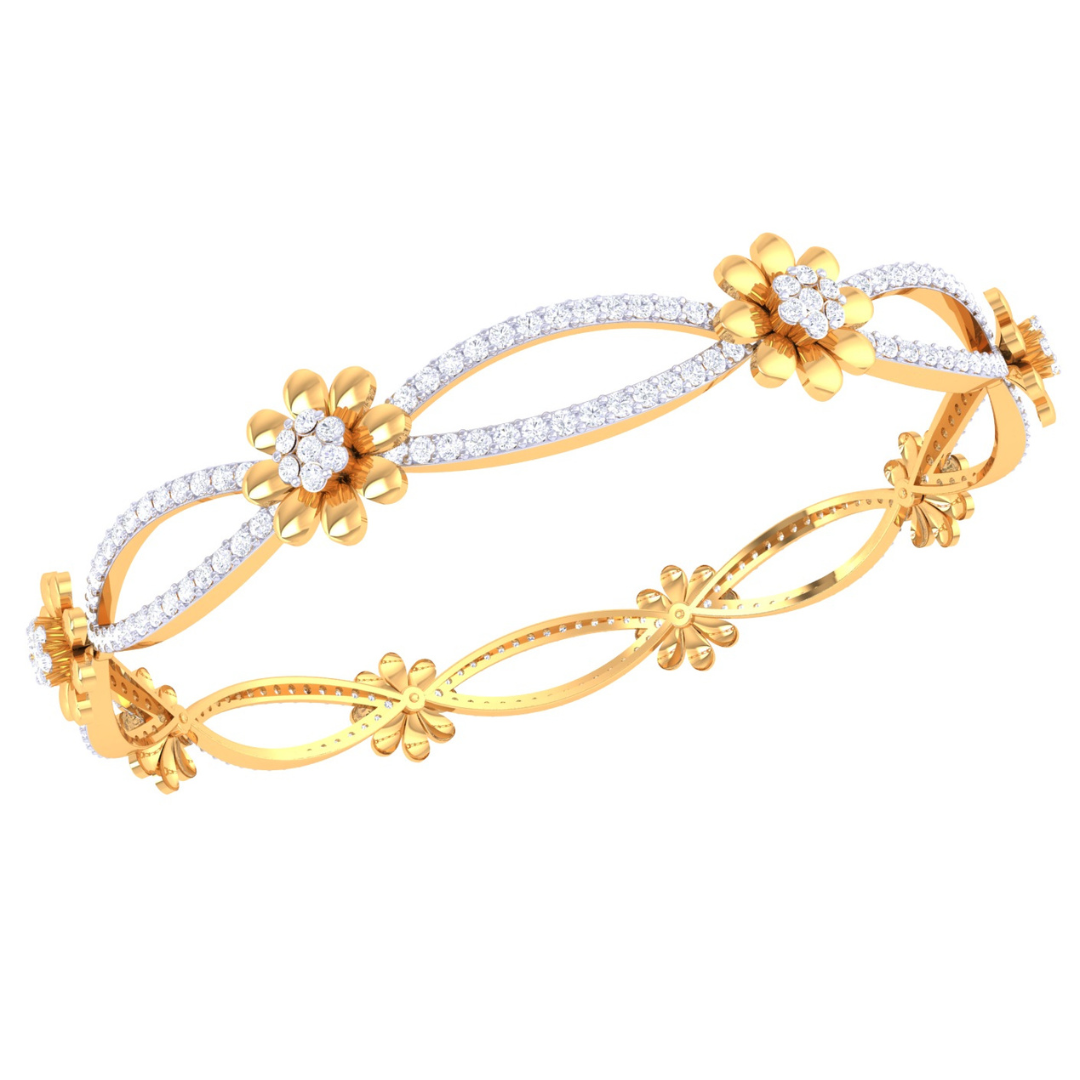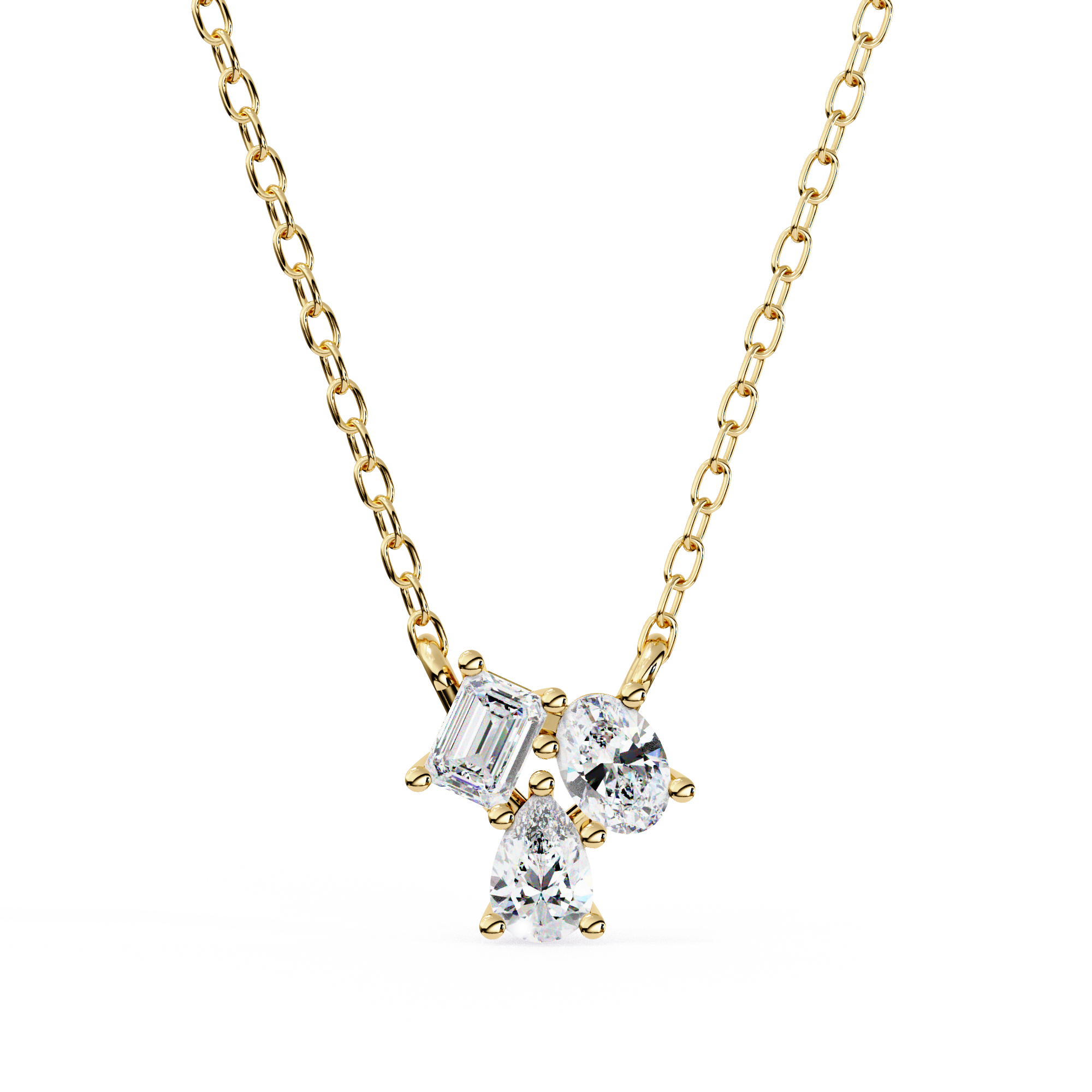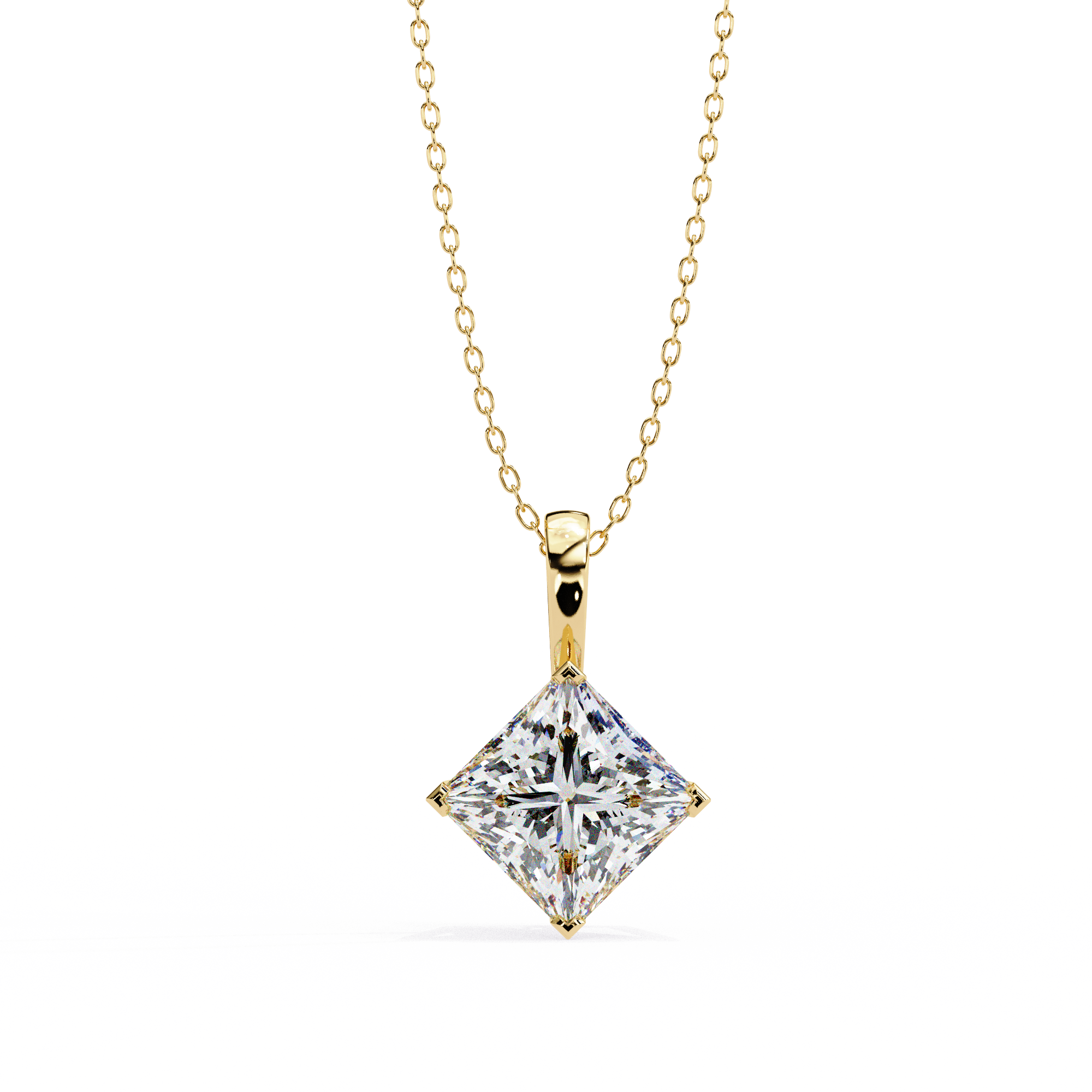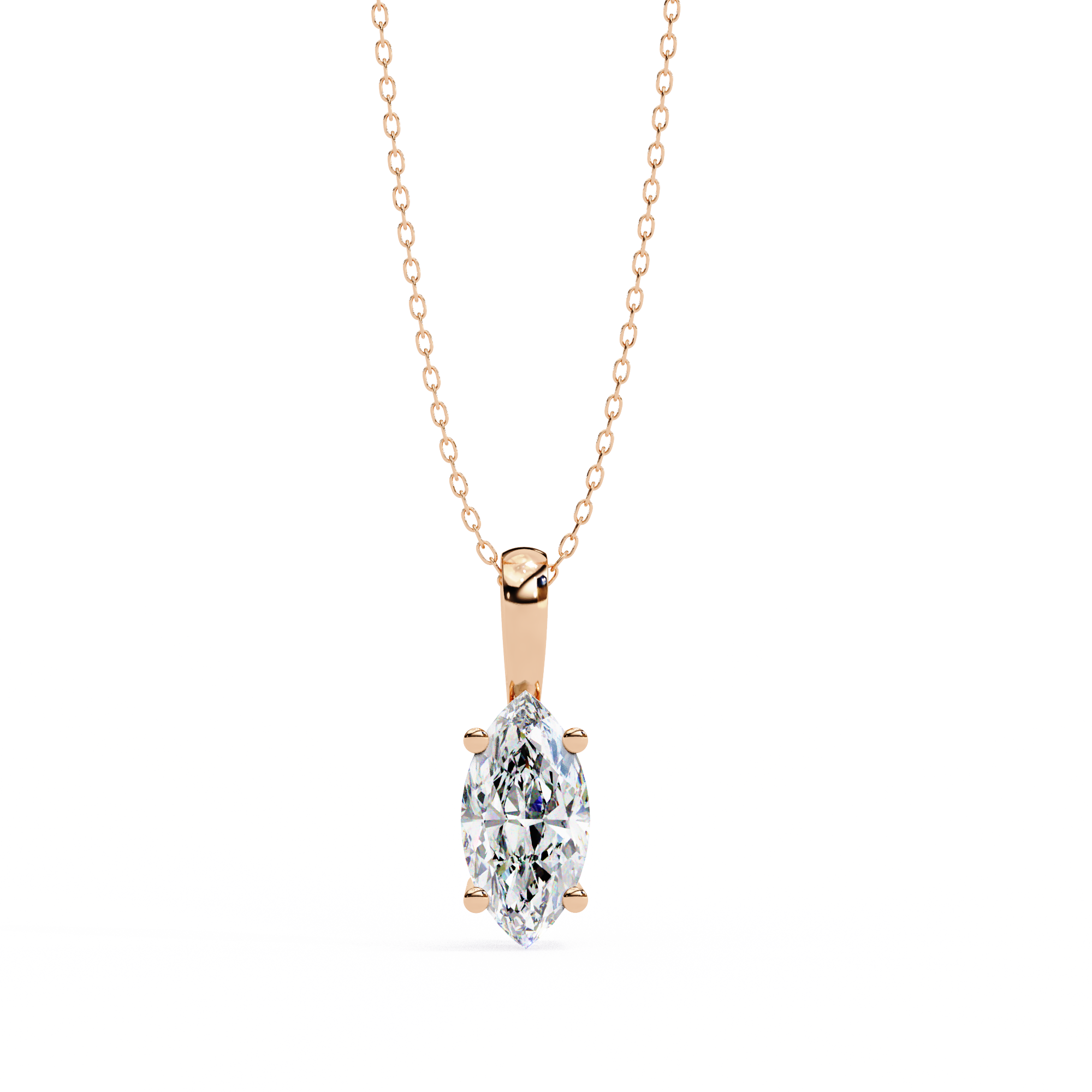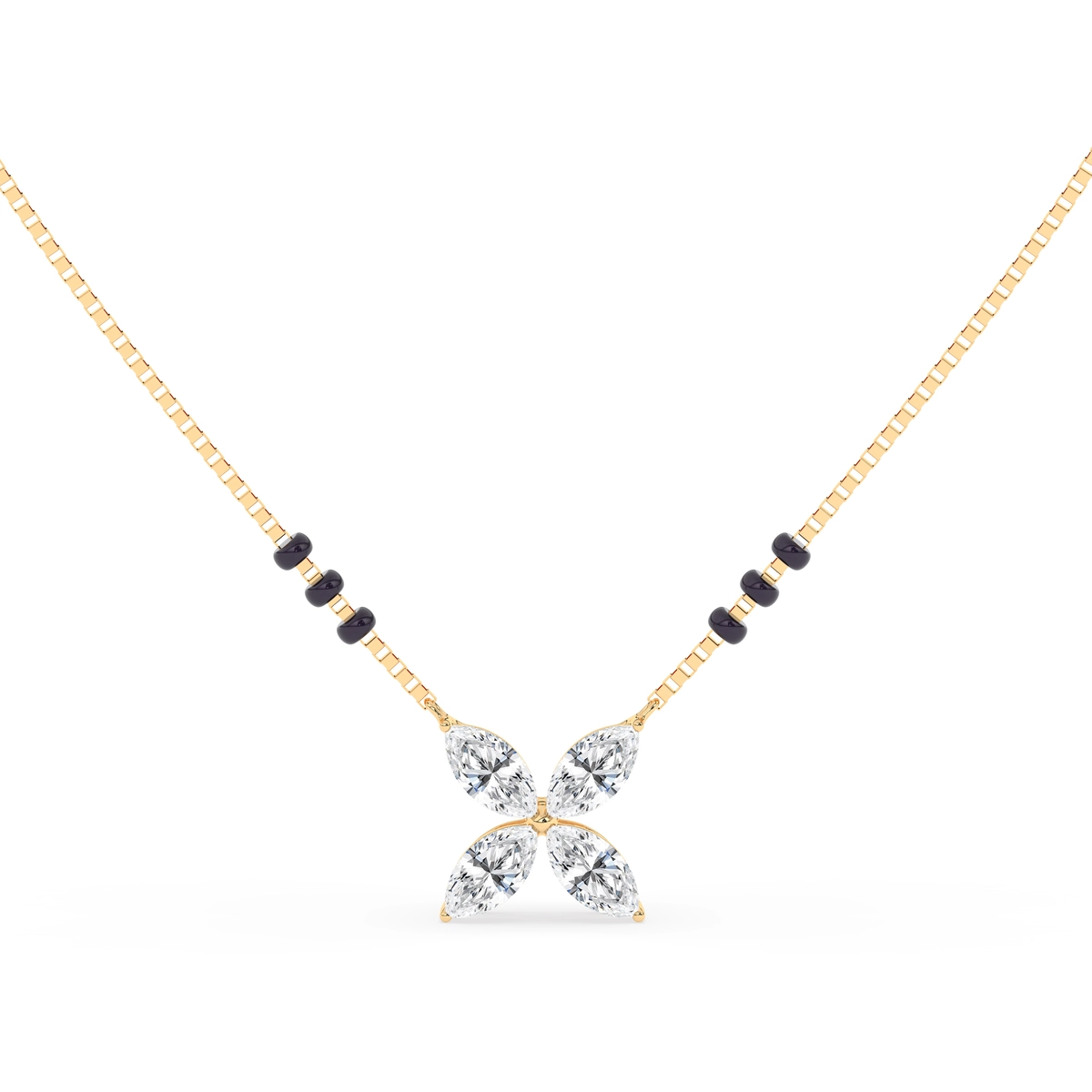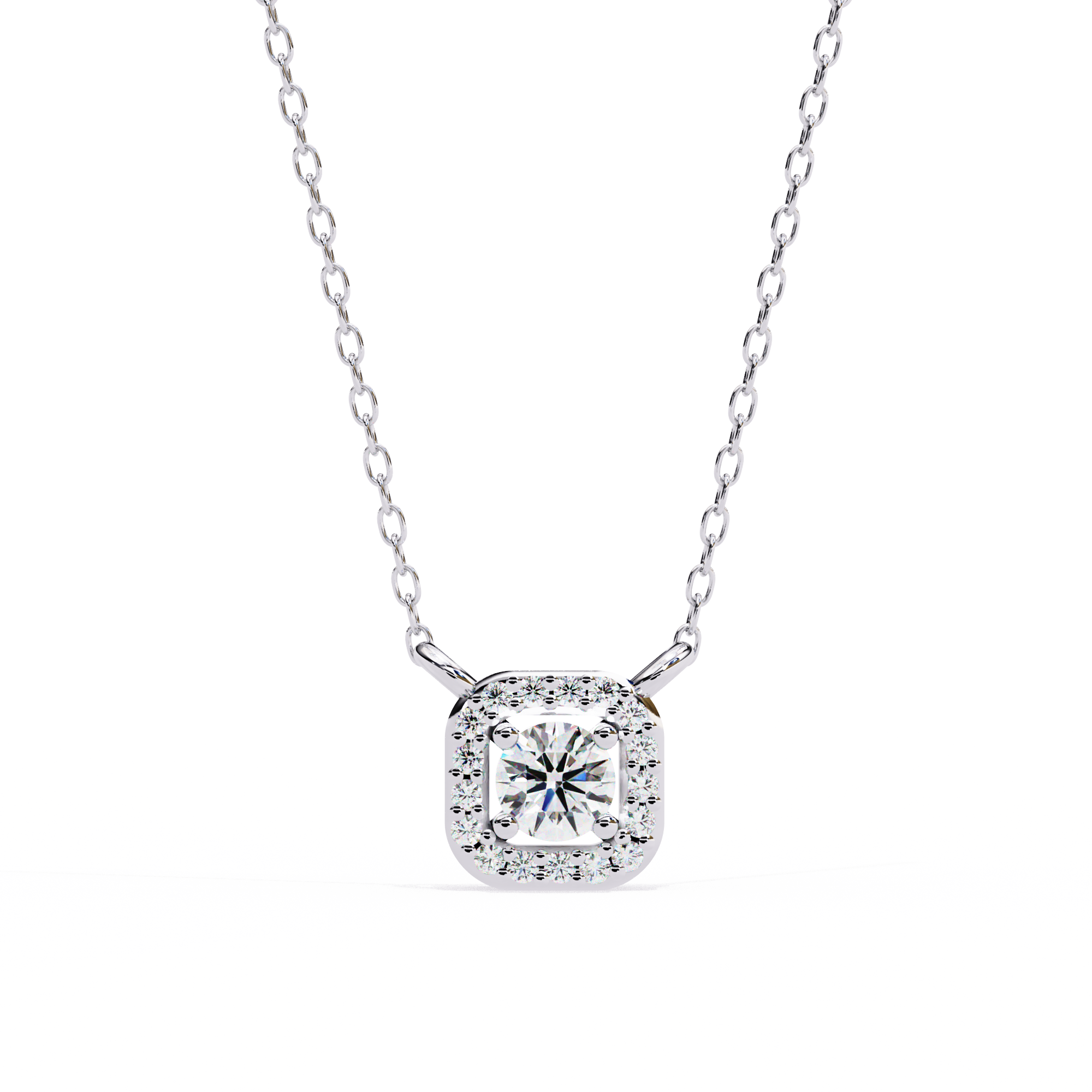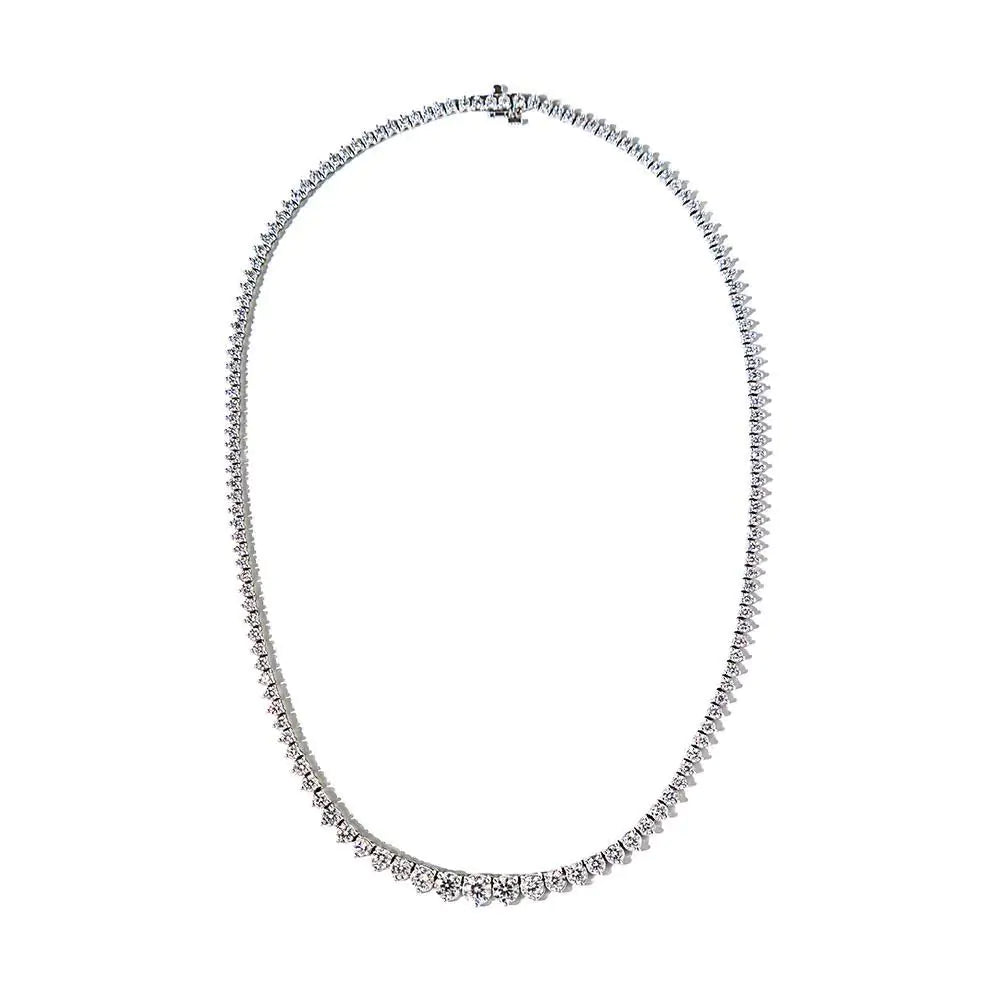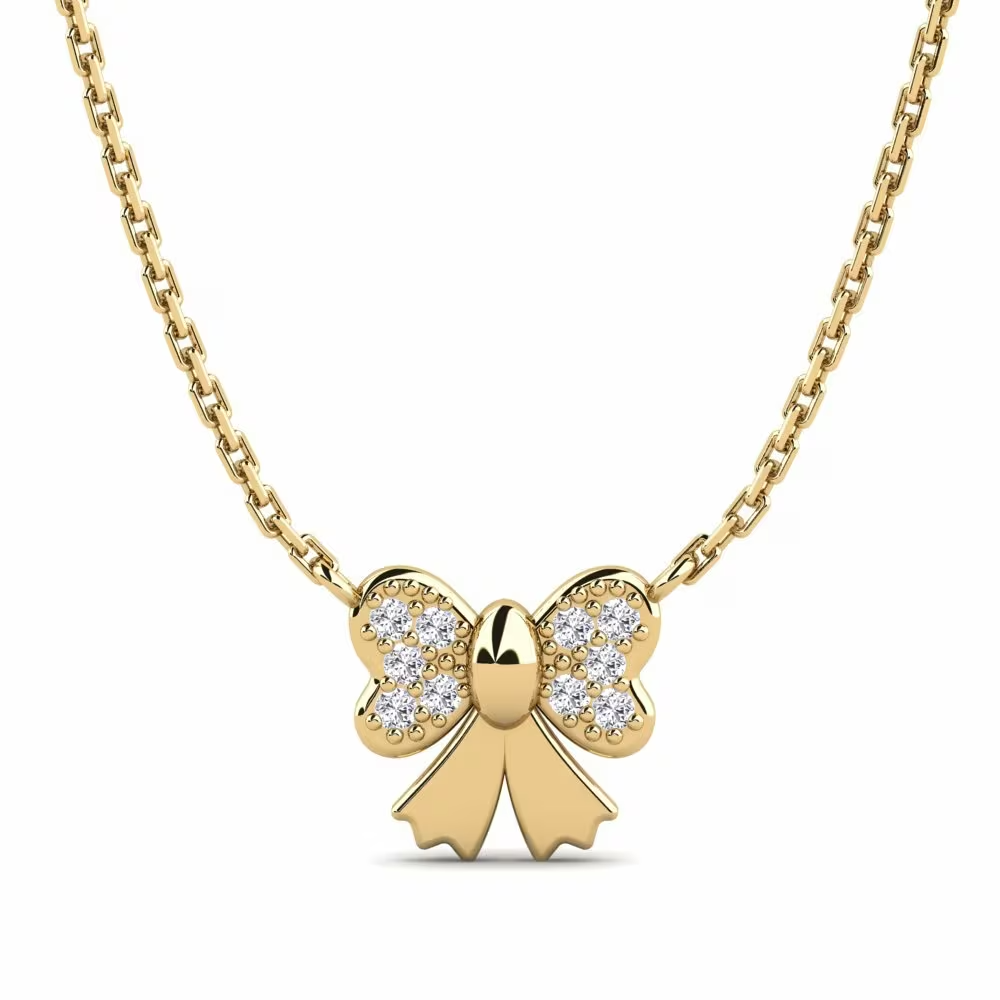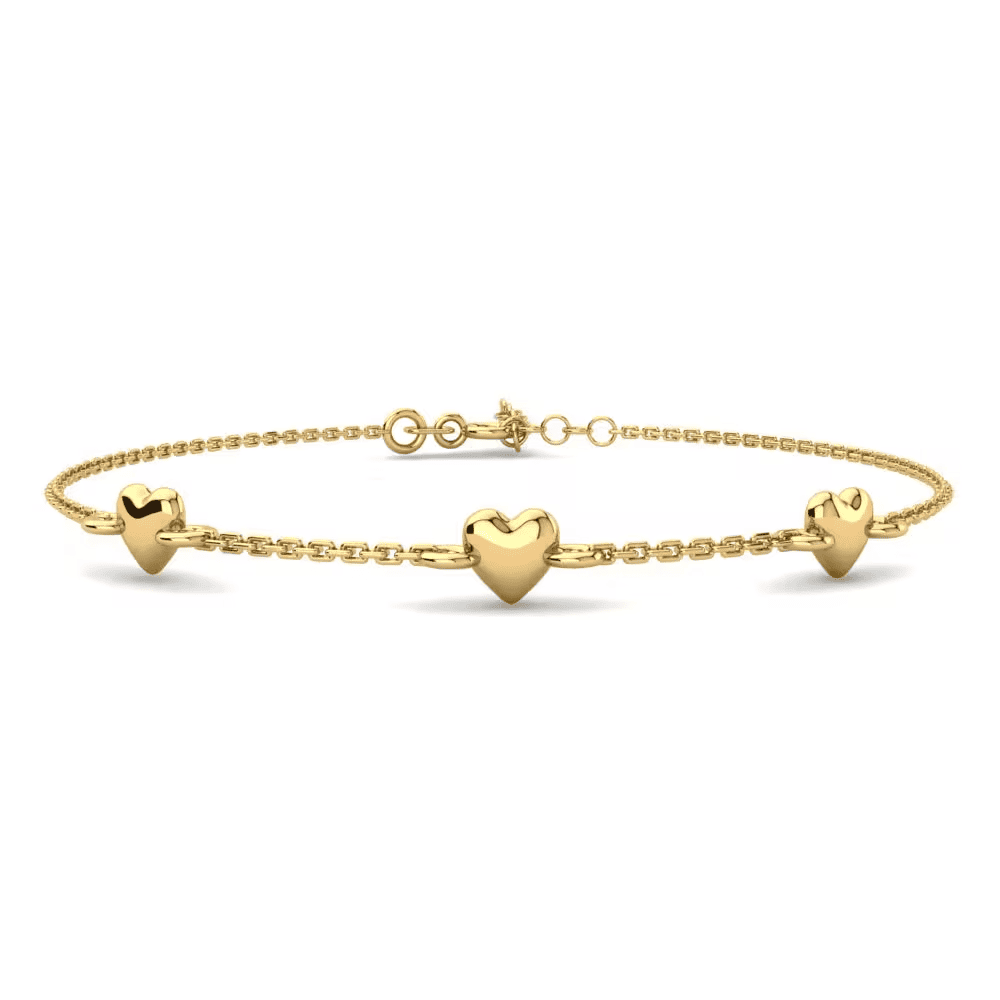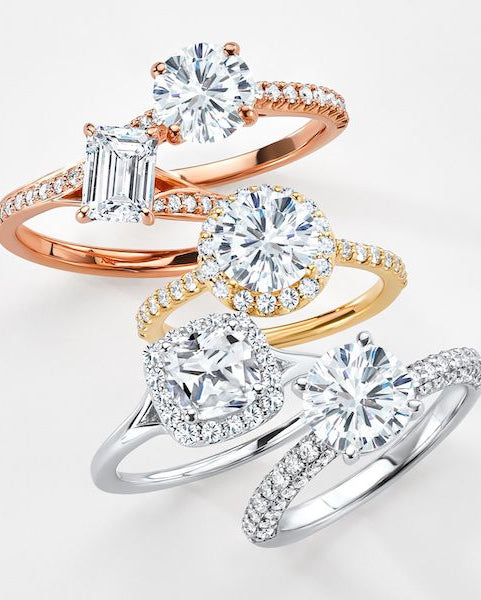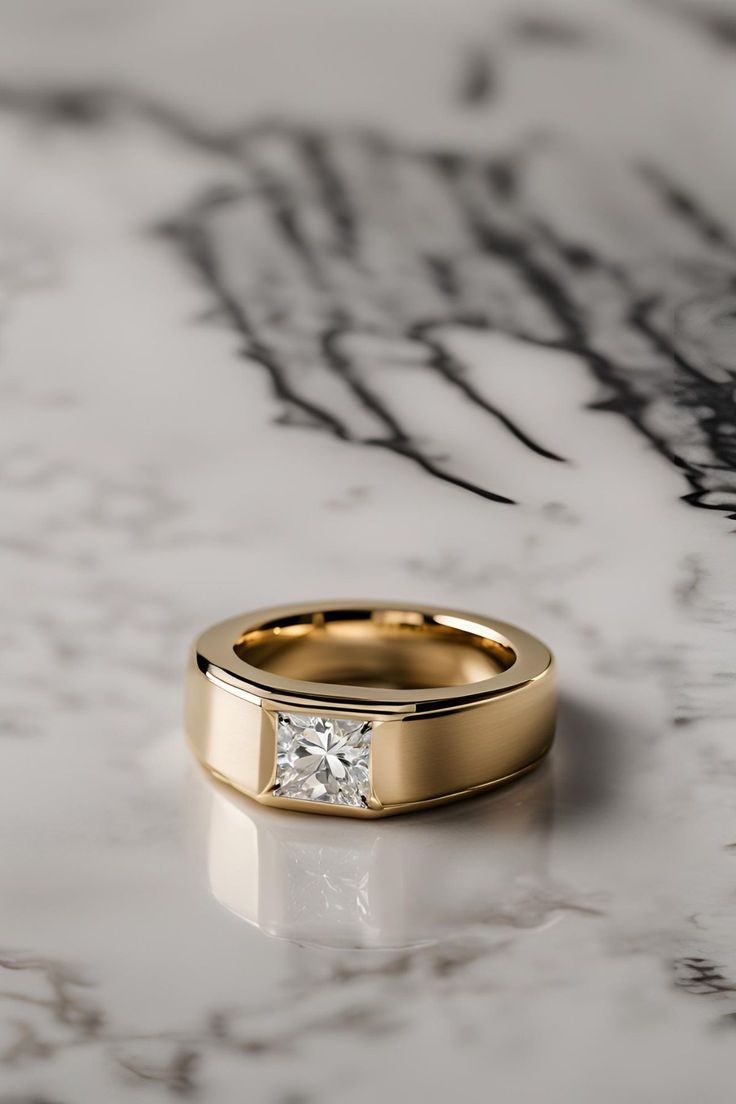
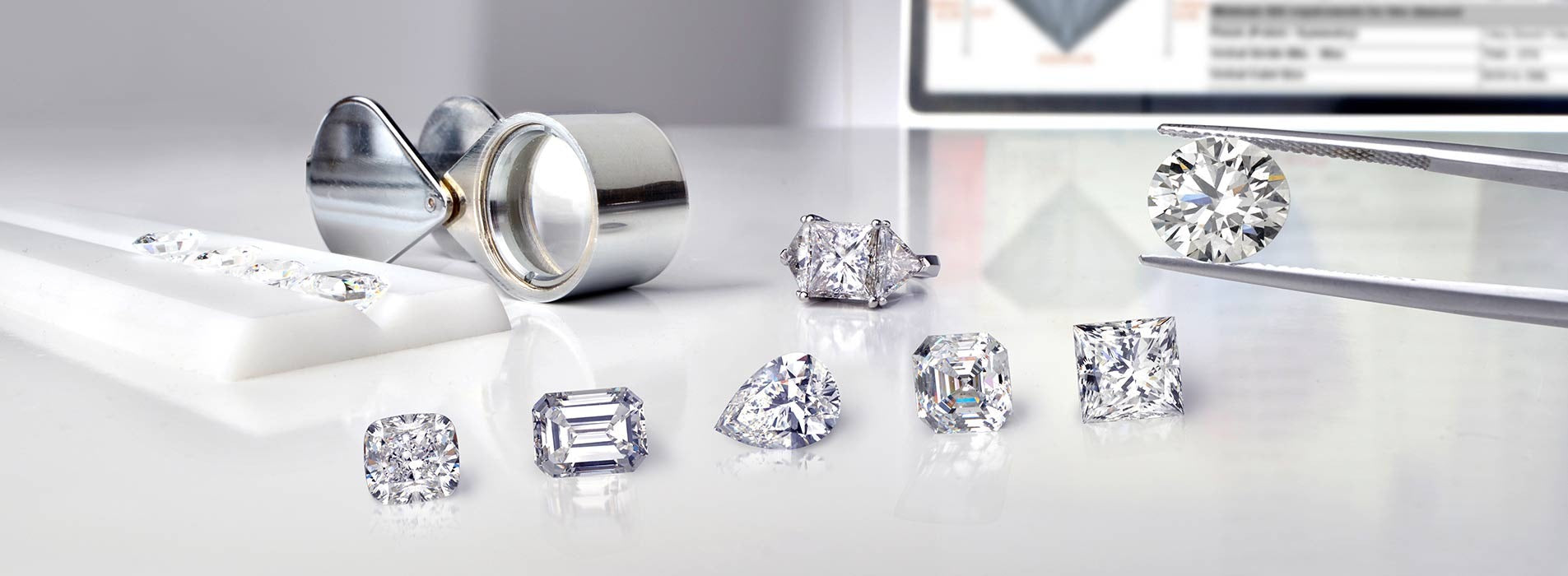
DIAMOND GUIDE
What are Lab-Grown Diamonds?
Lab-grown diamonds (also known as synthetic diamonds, man-made diamonds, or cultured diamonds) are diamonds that are produced in a controlled laboratory environment using advanced technology, mimicking the natural processes that form diamonds deep within the Earth.
Unlike natural diamonds, which are formed over millions of years under intense pressure and heat, lab-grown diamonds are created within weeks to months through two primary methods:
-
High Pressure High Temperature (HPHT): This method replicates the natural conditions deep in the Earth by applying extreme pressure and heat to carbon.
-
Chemical Vapor Deposition (CVD): This technique involves using a gas mixture to deposit carbon atoms onto a diamond seed, allowing it to crystallize into a diamond structure.
Both methods produce diamonds that are chemically and physically identical to their natural counterparts, ensuring the same level of durability, brilliance, and sparkle.
Physical, Chemical & Visual Comparison: Lab-Grown Diamonds vs. Mined Diamonds
The chemical composition is identical in both cases, meaning there is no difference in terms of structure or material.
In terms of physical properties, there is no difference between lab-grown and mined diamonds, both being just as hard and brilliant.
Both lab-grown and mined diamonds appear identical to the naked eye. Visually, lab-grown diamonds and mined diamonds are essentially indistinguishable, making them equally appealing for engagement rings, jewelry, and other fine pieces.
How to Tell the Difference Between Lab-Grown and Mined Diamonds
-
To the naked eye, there’s no difference between lab-grown and mined diamonds.
-
Gemological Tests: Advanced gemological tools, like spectrometers or microscopes, are required to detect the differences. Some lab-grown diamonds may exhibit distinct growth patterns or specific inclusions that differ from those in natural diamonds.
-
Certification: A certificate from a reputable gemological laboratory (e.g., GIA, IGI, or GCAL) will indicate whether a diamond is lab-grown or mined, and this is usually the most reliable way to confirm the origin.
Understanding the 4Cs:
Diamond Cut: The Key to Sparkle
What is Diamond Cut?
-
The cut of a diamond refers to how well a diamond has been shaped and faceted from its rough form.
-
The cut influences how well a diamond reflects and refracts light. A well-cut diamond will sparkle intensely, while a poorly cut diamond may look dull, regardless of its color or clarity.
-
In other words, no matter how perfect the diamond’s color or clarity is, a poor cut will prevent it from showing its true brilliance.
Cut Grades: Understanding the Quality of the Cut
Diamonds are graded for their cut quality on a scale, and the cut grade depends on factors such as proportions, symmetry, and polish. The most common grading scale is:
-
Excellent: The diamond is perfectly cut, with ideal proportions and symmetry. It allows light to enter and exit the diamond in the most efficient way, maximizing brilliance and fire.
-
Very Good: This cut is almost as good as Excellent, with only minor differences. It still exhibits excellent brilliance and fire, though it may not be quite as perfectly proportioned as an Excellent-cut diamond.
-
Good: A Good cut diamond has satisfactory proportions, but the light performance isn’t as optimal as the higher grades. It still offers good sparkle but at a less intense level.
-
Fair: Fair cut diamonds have more noticeable flaws in proportions that may cause light to escape in ways that affect the diamond’s brilliance. While they may still look good, they will lack the vibrant sparkle of higher-grade cuts.
-
Poor: Poorly cut diamonds lose much of their brilliance. The light entering the diamond isn’t properly reflected and refracted, making the stone appear dull.
Key Factors that Influence Diamond Cut Quality
-
Proportions: The proportions of the diamond refer to its angles, symmetry, and the relationship between the table (flat surface) and the depth of the diamond. Proper proportions maximize light reflection inside the diamond, contributing to its brilliance.
-
Symmetry: Symmetry refers to how well the facets of the diamond are aligned. Well-symmetrical diamonds will reflect light evenly, producing a beautiful and consistent sparkle. Poor symmetry can cause light leakage and dullness.
-
Polish: Polish refers to the smoothness of the diamond’s surface after cutting. Any imperfections in the polish can diminish the diamond’s shine. A high-quality polish ensures a glossy, smooth surface that enhances the diamond's overall brilliance.
Diamond Clarity Explained
Diamond clarity refers to the presence of internal inclusions and external blemishes. The fewer and less visible these imperfections are, the higher the diamond’s clarity grade and its value. These inclusions and blemishes form naturally during a diamond's creation under extreme heat and pressure.

Clarity Grading Scale
Diamonds are graded on a scale from Flawless (FL) to Included (I) based on the size, type, and visibility of imperfections under 10x magnification:
-
FL (Flawless): No inclusions or blemishes visible under magnification. Extremely rare and valuable.
-
IF (Internally Flawless): No internal inclusions, but may have minor surface blemishes.
-
VVS1/VVS2 (Very, Very Slightly Included): Extremely difficult-to-detect inclusions.
-
VS1/VS2 (Very Slightly Included): Minor inclusions, usually not visible to the naked eye.
-
SI1/SI2 (Slightly Included): Inclusions are visible under magnification and may be noticeable to the naked eye in some cases.
-
I1/I2/I3 (Included): Inclusions are visible without magnification and may affect the diamond’s appearance and durability.
Diamond Color Explained
Diamond color refers to the presence of any color, ranging from colorless to light yellow or brown. The color is graded on a scale from D (colorless) to Z (light yellow or brown), with diamonds graded by how much tint they show under a gemological microscope.
 Color Grading Scale
Color Grading Scale
-
D-F (Colorless): The highest grade; completely free of any noticeable color.
-
G-H (Near Colorless): Almost colorless, with only a slight hint of color visible under magnification.
-
I-J (Faint Color): Noticeable color, but still looks white to the naked eye in most settings.
-
K-Z (Light Yellow/Brown): Noticeable yellow or brown color, which becomes more evident in larger diamonds. N-Z diamonds show obvious color, usually a more distinct yellow or brown hue.
Diamond Carat Weight Explained
Carat weight measures a diamond's size. One carat equals 200 milligrams. Larger diamonds are rarer and more valuable, but carat weight alone doesn’t determine a diamond’s value—cut, color, and clarity also play important roles

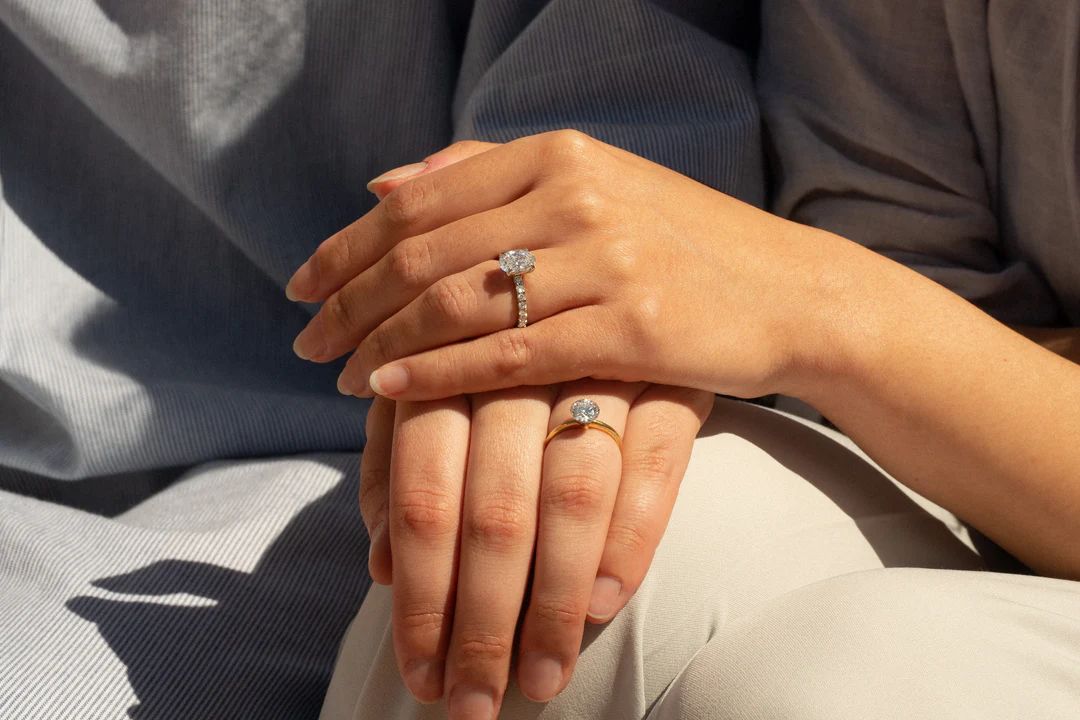
More Questions?
If you need any further advice about EVOLVD Jewellery care, please contact us!

